Guest blog written by Rosamaria Cisneros, Marie-Louise Crawley and Sarah Whatley.
The interdisciplinary character of CultureMoves brings together artists, researchers, students, technologists and the tourism sector. C-DaRE has a large network which makes it possible to bring experts from the above mentioned fields into the project. C-DaRE worked closely with its key stakeholders to ensure that the LabDays were not only well attended but inclusive of several voices from the dance, education and cultural heritage tourism sector. Through the inclusion of these diverse voices in the LabDays and workshops, the consortium gained an increased understanding of the assumptions and limitations and the relationship and intersections between dance, tourism and education. The work carried out in the LabDays enhances academic knowledge production and rethinks the ways in which dance academics, learners, artists, tourism organisations might reuse Europeana thematic dance content and ensure that participatory-driven research is at the core of the work carried out at this stage of the project.Rosie Kay Dance Company, The Great Train Dance (2011), commissioned by People Dancing for London 2012, Cultural Olympiad. Choreographed and directed by Rosie Kay with over 300 young people aged 12-25 performing in on and around the Severn Valley Railway (UK). Photographer: Brian Slater.
The questions used as a springboard for discussion during the LabDays:
- What are some of the challenges that a dance artist must consider when working in site and to what extent should the site influence and shape the work?
- What are some of the benefits of working outdoors and with the public?
- Is there a relationship between dance, public spaces and tourism?
For the two LabDays, C-DaRE engaged with key stakeholders with a range of profiles and experience: choreographers, dance artists, dance researchers, dance educators, dance students (undergraduate and postgraduate), and outdoor arts practitioners. C-DaRE chose to aim their first LabDay at dance students and cultural heritage and dance organisations in the region, holding their first LabDay in Birmingham, UK on 15th November 2018. This took the format of an open panel conversation between choreographer Rosie Kay, Artistic Director of DanceXchange and Artistic Lead for BIDF2018, Lucie Mirkova, and Executive Director of DanceXchange, Clare Lewis to discuss dance, cities and working within site-based, festival contexts. The context of the ten-year growth of BIDF (Birmingham International Dance Festival) framed the conversation, which drew out questions of how dance makers, artists, producers and commissioners approach site-based dance work and how key relationships can develop between dancers, arts and cultural heritage organisations within a festival context.
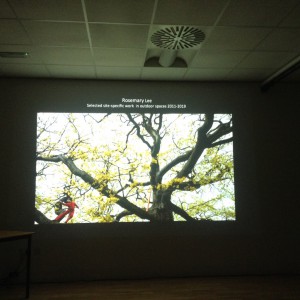
Image from the LabDay Nov 2019 Rosemary Lee presenting her body of work.
Photo Credit: C-DaRE Nov 2018
The second LabDay, held at C-DaRE (Coventry University, UK) on 19th November 2018, was geared towards dance researchers, professional dance artists and festival producers and organisers. This event began with an illustrated talk by Senior Research Fellow, artist and choreographer Rosemary Lee, followed by a panel discussion on dance, cities and communities with Natalie Garrett Brown (Sensing the City), Jane Hytch (CEO, Imagineer Productions) and Sara Wookey (dance artist, researcher and C-DaRE PhD candidate). Again, the rich three-hour discussion drew out questions of how artists approach site-work. Key questions raised included how dance artists and students might engage with city planners and cultural policy-makers, and how dance artists might ‘claim’ tourism and the touristic gaze. The panel described how while economically driven agendas may have huge impact on culture and tourism, dance – with its emphasis on flow and flux – might be a valuable means of making connections in the fragmented cities here in the UK’s current socio-political context.
These two LabDays have enabled COVUNI to i) engage in in-depth consultation with key stakeholders and ii) begin to identify the key questions and assumptions (addressed in Section 5 above) that underlie existing and potential collaborations between the dance research / education and tourism sectors. This in turn prepares the terrain for exploring how Europeana’s dance content can be useful for the intersection of dance research / education and tourism.
These illustrated conversations are part of a series of events organised by the EU-funded Culture Moves research project and the Centre for Dance Research (C-DaRE), Coventry University.
All talks are free and open to the public and we hope that dance artists, dance learners, artists with a site-specific practice, and others interested in these ideas will come and join us and add to the conversation.
For more info please contact Rosa Cisneros (ab4928@coventry.ac.uk)
Twitter: @CultureMoves_EU


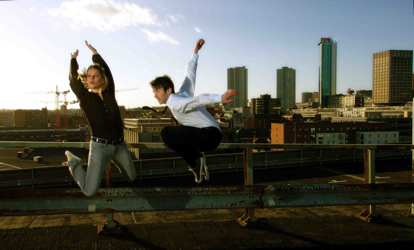
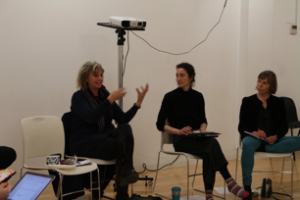
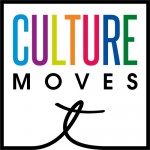
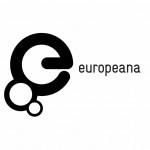



Comments are disabled